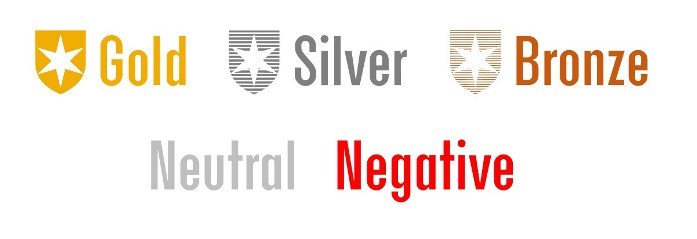Kate Lin: Welcome to Morningstar. The escalating interest in ESG funds continues in earnest. With the excitement of fund providers and a growing number of funds investing in causes like climate change and biodiversity, investors should not overlook the risk of greenwashing.
As the Earth Week is around the corner, we are asking Bryan Cheung, an associate director at Morningstar and a member of the manager research team, to tell us what is greenwashing.
Hi, Bryan. Can you tell us why should investors understand greenwashing?
Bryan Cheung: Hi, Kate. Sure. So, in the context of mutual funds, greenwashing means a fund with an ESG focus is not really walking the talk, such as exaggerating what it does on the ESG front. And for illustration, let me give you a more extreme example. Say there is a thematic strategy that focuses on renewable energy companies. But then, it invests heavily into traditional energy business, which could be a signal of greenwashing. And another example would be that there is an equity strategy that claims to integrate ESG into its investment process and will utilize active ownership practice, such as engaging the company management to drive changes in the companies. But then, it does a lot of churning behavior in the underlying holdings. This could also suggest a risk of greenwashing because driving changes in companies tend to be a long-term process. And this is important for investors to know, because one, it's a misrepresentation that can mislead investors, and second, it can undermine the credibility of ESG investing and ultimately, the chance to mitigate some of the pressing ESG issues.
Lin: So, let's move on to fund selection. When we search for a fund, how can we ensure or at least know better there is no greenwashing or low greenwashing risk in a fund?
Cheung: Sure. So, I think, first of all, there's no shortcut in investing, right? So, we have to do our homework. So, good thing is that nowadays there is better disclosure in terms of ESG, thanks to the enhanced regulatory developments in recent years. So, I think the simplest way to begin is to read the fund offering documents, which now disclose details on a fund's ESG objective, how ESG outcome is being measured and what kind of ESG research framework is being implemented. Or even, we can look at a fund's fact sheets to get a sense on whether the top holdings seem to align with the ESG values.
Lin: So, on tools, at Morningstar, we have many. Can you walk us through several of them that can help investors know better?
Cheung: Certainly. I think that's a great question. I think especially because there is an ever-increasing amount of data out there, so it's important to make use of the analytical toolkit to empower our investment decision-making.
At Morningstar, we have two ESG-related ratings to support investors. So, first is the ESG commitment level rating for asset managers. And the second is sustainability rating for a portfolio that would suggest the ESG risk of a fund.
First of all, for the ESG commitment level rating, it evaluates the commitment of an asset manager to ESG investing through assessing the company culture, the incentive scheme, the ESG resources as well as the active ownership practice. And we have actually just published the latest ratings on 94 asset managers globally in December 2022, and the report is available on the platform. So, do feel free to take a look.
And second on the sustainability rating, which is shown in the form of one to five globes.
It utilizes our extensive Sustainalytics research on companies to evaluate the level of ESG risk at the fund level. So, briefly, one globe would suggest the highest ESG risk and then five globes would suggest the lowest ESG risk. But then, investors need to be mindful that a portfolio of five globes doesn't necessarily mean it's a better portfolio than the portfolio of three globes, for example. So, what matters is whether this rating is consistent with the investment strategy. And what do I mean by that is, let's say, if a fund claims to invest in companies with high ESG quality, then normally, we would expect a lower ESG risk of its portfolio. But if there's a fund that focuses on companies with improving ESG quality even though they might have lower ESG quality today, then it would be possible that the portfolio would exhibit a higher ESG risk. So, these two ratings focus on evaluating the ESG attributes of a fund and its parent.
And what's missing here is the forward-looking potential of a fund to generate alpha, and this is what our Morningstar Analyst Rating aims to inform investors.

So, we think to improve the chance of selecting a higher-quality ESG fund, investors can try to combine these three ratings. So, for example, they can try to identify some ESG funds with a Morningstar Analyst Rating of like Gold, Silver or Bronze, i.e., the medalist funds, managed by an asset manager with a good ESG commitment level rating along with the sustainability rating of its portfolio that is consistent with its investment strategy.
Lin: Right. Thank you so much, Bryan. For Morningstar, I'm Kate Lin.











.png)


.jpg)





